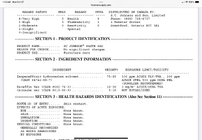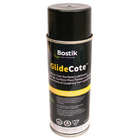Hello,
I've read here that a regular candle is drawn along the rest to assist the tools in sliding more easily. I've also watched a video where another Turner was using Paraffin wax to accomplish the same. I have a goodly amount of Johnson's Paste Wax that I use to wax the lathe bed. Could this also be used on the tool rest, or is another substance going to work better? (The tool rests I have are new and made of stainless steel.) Please advise. Thank you!
I've read here that a regular candle is drawn along the rest to assist the tools in sliding more easily. I've also watched a video where another Turner was using Paraffin wax to accomplish the same. I have a goodly amount of Johnson's Paste Wax that I use to wax the lathe bed. Could this also be used on the tool rest, or is another substance going to work better? (The tool rests I have are new and made of stainless steel.) Please advise. Thank you!


